Cats are fascinating creatures with many unique features, and one of their most intriguing attributes is their whiskers. These sensitive instruments serve a variety of purposes beyond simply adding to a cat’s cuteness. Let’s explore ten fun facts about cat whiskers and their incredible uses.
They Aren’t Just Hairs

While whiskers may look like ordinary hairs, they are actually specialized sensory organs known as vibrissae. Unlike regular fur, vibrissae are deeply rooted in a cat’s skin and connected to a rich supply of nerves and blood vessels, making them incredibly sensitive to touch.
Whisker Locations Vary
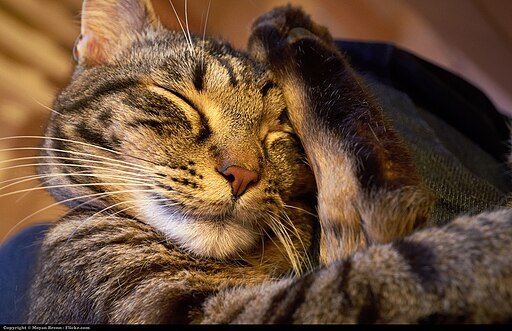
A cat’s most prominent whiskers are located on its muzzle, but they also have smaller sets above their eyes, on their chin, and even on the back of their forelegs. Each location serves different functions, offering a wide range of sensory input to the cat’s brain.
They Measure Space
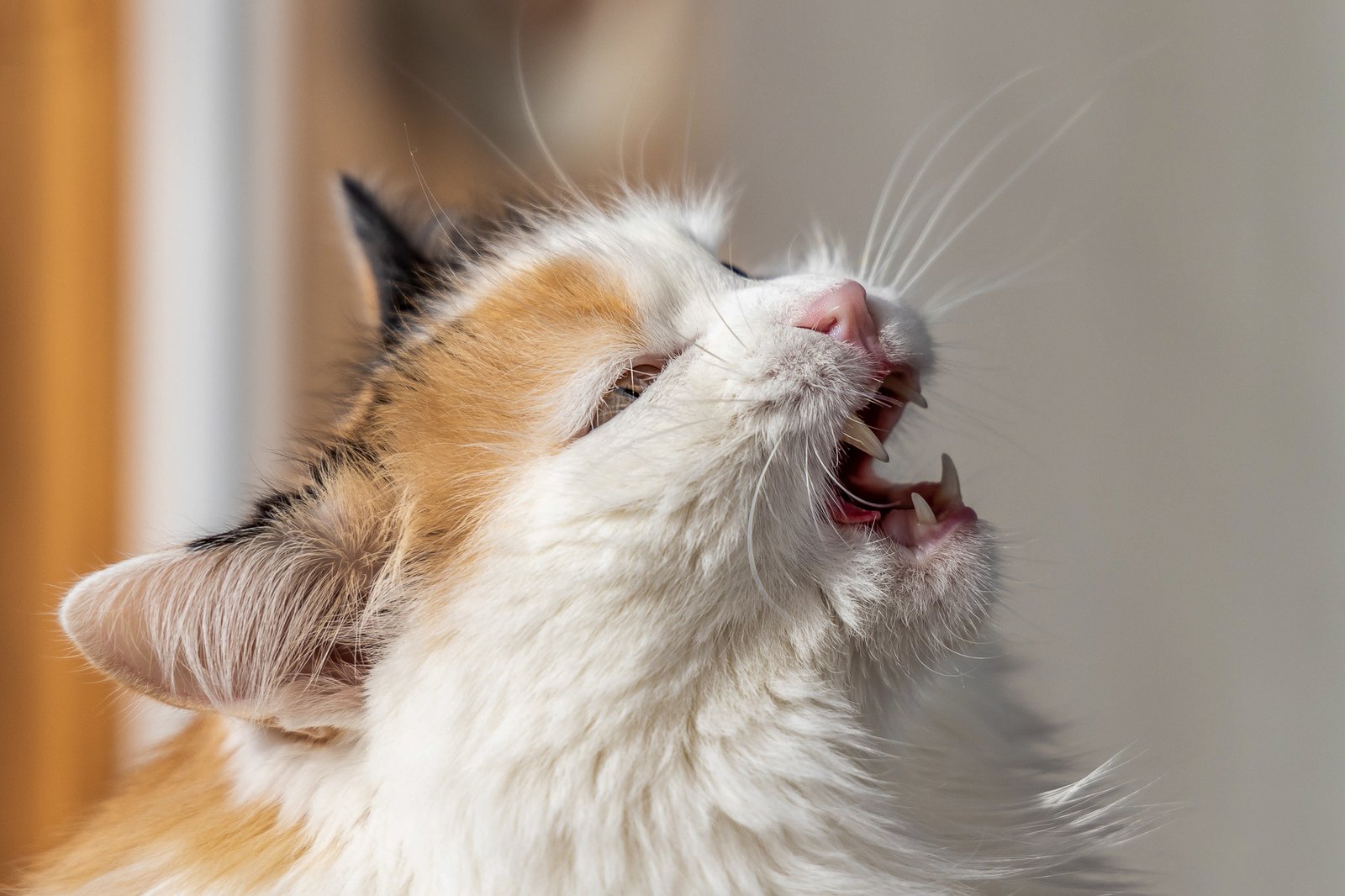
One of the primary functions of cat whiskers is spatial awareness. The length of their whiskers is roughly equal to the width of their body, allowing cats to gauge the size of openings and avoid getting stuck in tight spaces. This is particularly useful for navigating in the dark or in cluttered environments.
Indicators of Mood
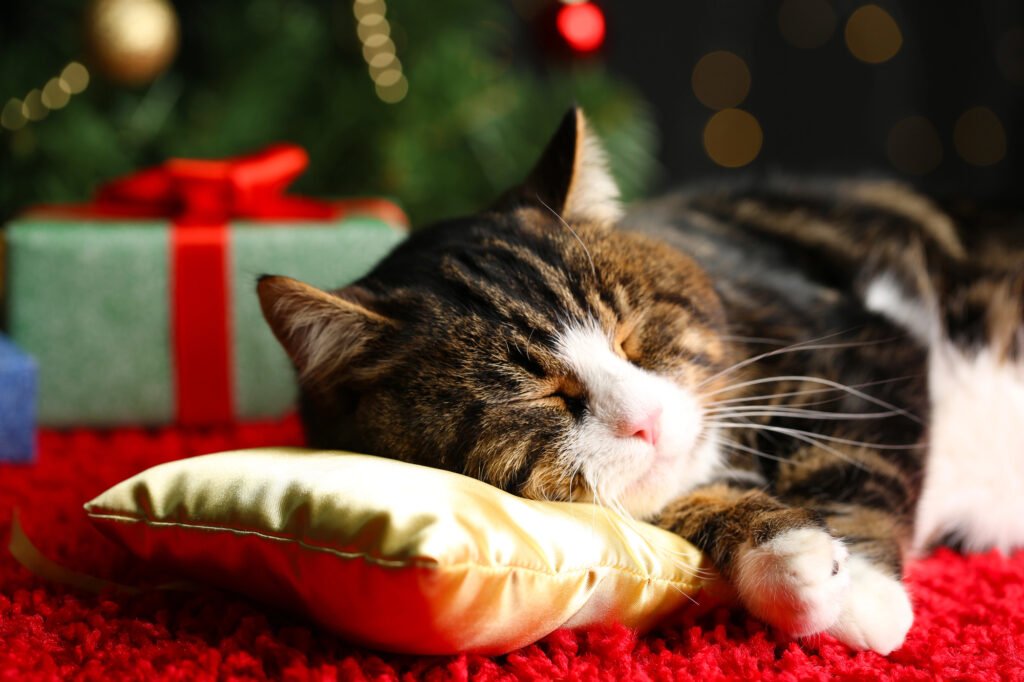
Whiskers can also serve as indicators of a cat’s emotional state. When a cat is relaxed, its whiskers are positioned to the sides. However, when a cat is curious or on high alert, its whiskers will be thrust forward. Conversely, when a cat feels threatened or fearful, its whiskers may be pulled back tight against its face.
They Are Sensitive to Vibrations

Cat whiskers can detect the slightest changes in the environment, including vibrations in the air. This sensitivity helps cats sense approaching objects or prey, even under poor visibility conditions. The ability to detect vibrations is an essential survival tool for felines.
Not Limited to the Land

Though primarily land animals, cats have aquatic ancestors, and their whiskers’ abilities reflect this. Just like the barbels of some fish, cat whiskers can sense movement in water, helping them track and catch aquatic prey. This capability harks back to a time when feline ancestors hunted near water sources.
Whiskers Don’t Just Grow Back

Unlike regular fur, if a cat’s whiskers are damaged or cut, they take a significant amount of time to grow back. While this regrowth happens naturally, it’s crucial to avoid trimming a cat’s whiskers intentionally, as it can disorient the animal and affect its behavior and confidence.
They Contribute to Hunting Skills
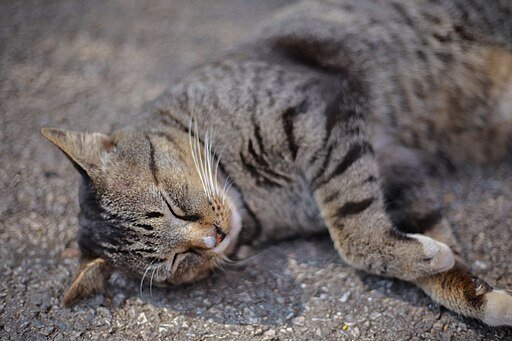
Whiskers play a vital role in a cat’s hunting prowess. They help cats detect the slightest movement of prey, even when the cat’s vision is impaired by darkness. By sensing air currents created by a moving animal, whiskers provide critical information that aids in hunting efficiency.
Age Makes a Difference
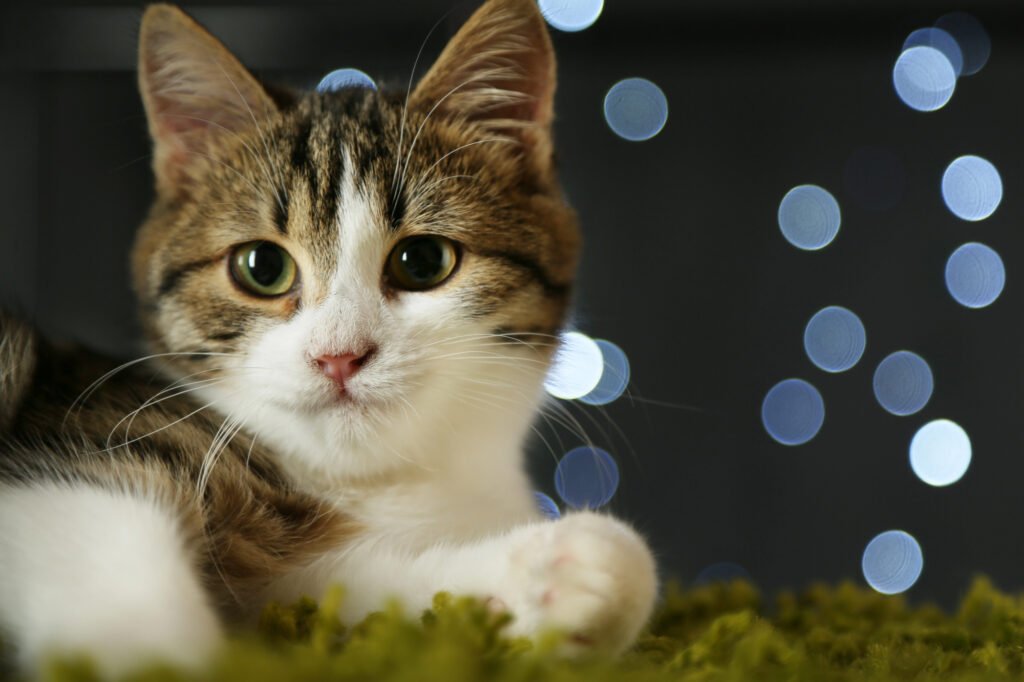
Interestingly, the sensitivity of a cat’s whiskers can diminish with age. As cats grow older, their sense of touch becomes less acute, which may affect their ability to navigate and hunt as effectively as they did in their youth. Despite this, even senior cats maintain a remarkable range of sensory abilities.
The Fascination Continues

Cat whiskers remain a subject of fascination for scientists and pet enthusiasts alike. Ongoing research continues to uncover the complexity and breadth of their functions, contributing to our understanding of feline biology and behavior. These hair-like sensors not only add to a cat’s charm but are also integral to its survival and daily life.

Suhail Ahmed is a passionate digital professional and nature enthusiast with over 8 years of experience in content strategy, SEO, web development, and digital operations. Alongside his freelance journey, Suhail actively contributes to nature and wildlife platforms like Feline Fam, where he channels his curiosity for the Feline into engaging, educational storytelling.
With a strong background in managing digital ecosystems — from ecommerce stores and WordPress websites to social media and automation — Suhail merges technical precision with creative insight. His content reflects a rare balance: SEO-friendly yet deeply human, data-informed yet emotionally resonant.
Driven by a love for discovery and storytelling, Suhail believes in using digital platforms to amplify causes that matter — especially those protecting Earth’s biodiversity and inspiring sustainable living. Whether he’s managing online projects or crafting wildlife content, his goal remains the same: to inform, inspire, and leave a positive digital footprint.






